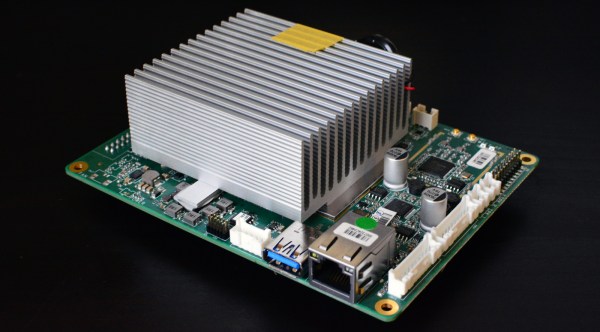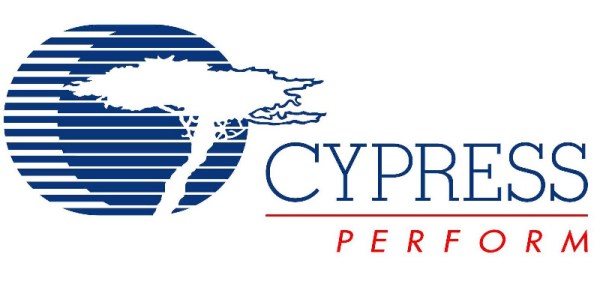Several months ago, a strange Kickstarter project from ‘Team IoT’ appeared that seemed too good to be true. The Atomic Pi was billed as a high-power alternative to the Raspberry Pi, and the specs are amazing. For thirty five American buckaroos, you get a single board computer with an Intel processor. You get 16 Gigs of eMMC Flash, more than enough for a basic Linux system and even a cut-down version of Windows 10. You have WiFi, you have Bluetooth, you have a real time clock, something so many of the other single board computers forget. The best part? It’s only thirty five dollars.
Naturally, people lost their minds. There are many challengers to the Raspberry Pi, but nothing so far can beat the Pi on both price and performance. Could the Atomic Pi be the single board computer that finally brings the folks from Cambridge to their knees? Is this the computer that will revolutionize STEM education, get on a postage stamp, and sell tens of millions of units?
No. The answer is no. While I’m not allowed to call the Atomic Pi “literal garbage” because our editors insist on the technicality that it’s “surplus” because they were purchased before they hit the trash cans, there will be no community built around this thirty five dollar single board computer. This is a piece of electronic flotsam that will go down in history right next to the Ouya console. There will be no new Atomic Pis made, and I highly doubt there will ever be any software updates. Come throw your money away on silicon, fiberglass and metal detritus! Or maybe you have a use for this thing. Meet the Atomic Pi!













